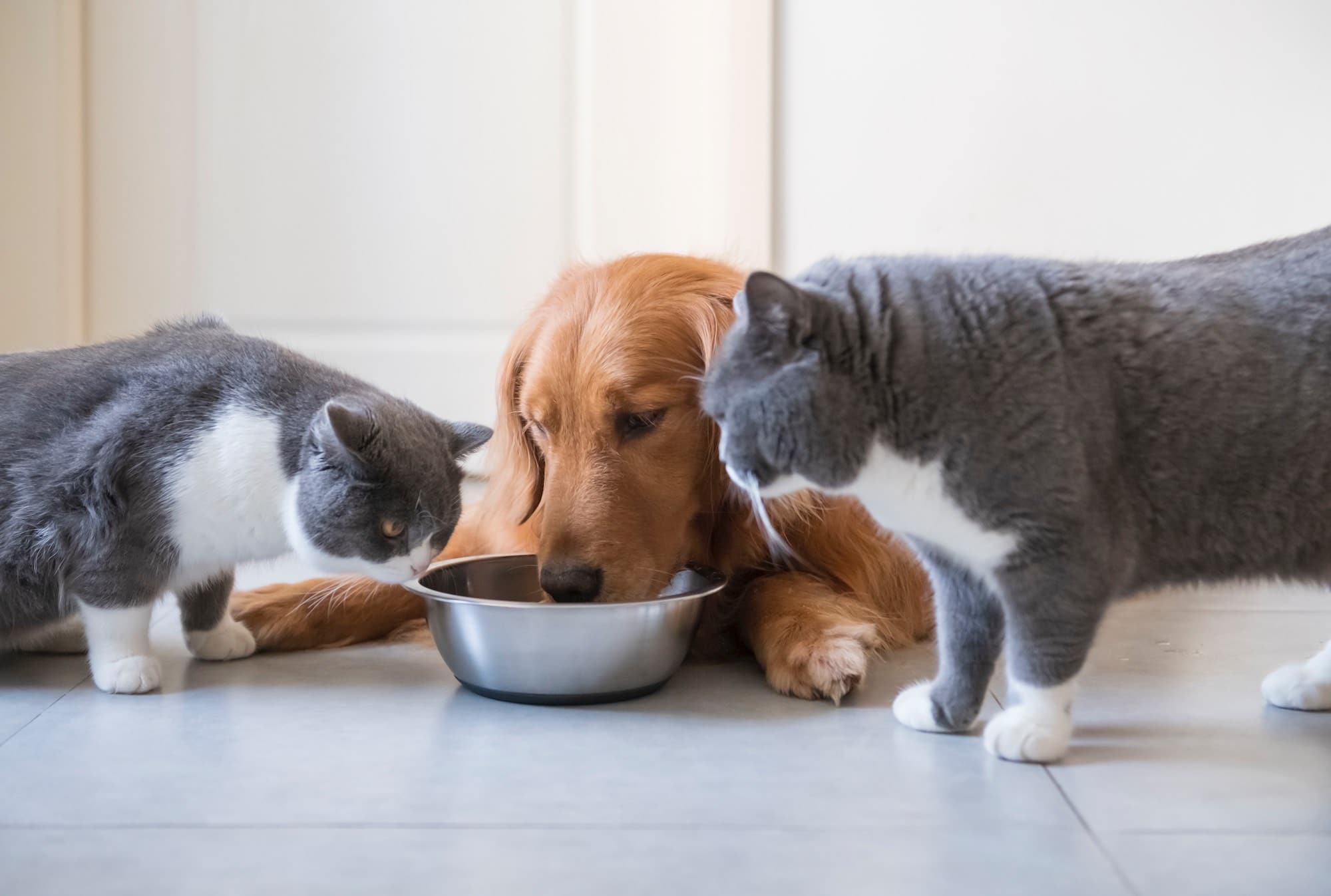Processed Animal Proteins (PAPs) are a nutritious feed ingredient made from Category 3 animal by-products. They are healthy, sustainable and safe and have a number of uses in feed.
PAP Facts
- Higher protein content than common feed ingredients like rapeseed, soya and lupin
- Produced in Europe, PAPs provide a local source of proteins for animal feed.
- PAPs are completely safe because they are produced from Category 3 material - fit for human consumption at the point of slaughter
- PAPs come from fully traceable supply lines to eliminate the possibility of intra-species consumption
- Find out more in the PAPs Questions and Answers
Did you know...
Did you know...
PAP is a high protein, low carbon feed ingredient
Did you know...
Did you know...
PAP is used in 1.67 Million tonnes of pet food each year
Did you know...
Did you know...
PAP has 10% of the Greenhouse gas emissions of soya meal
Uses of PAP – Pigs and Poultry
Following changes in legislation in September 2021, poultry PAPs can be used in pig diets, while porcine PAPs can be used in poultry diets. Inclusion rates in feed are typically in the range of 5-10%. PAPs are nutritious with a good amino acid profile.
Read our White Papers for more information about the nutritional benefits of PAPs for pig and poultry, and feed inclusion tables to help feed compounders with linear programming.
Aquafeed
European aquaculture is an increasingly important means of food production. Within Europe, two thirds of the fish farmed is salmon. This is a carnivorous fish that eats insects, smaller fish and the small sea creatures in the wild. PAPs are a good feed ingredient to replace these sources of protein in an aquaculture diet.
Non-ruminant PAPs have been permitted in aqua feed since 2013. PAPs have a better nutritional profile compared to vegetable proteins and they go not rely on the capture of win fish stocks like fishmeal. Rendered fat and oil is also used as an ingredient in aquafeed.


Pet food
Around half of all households own a pet. Many common pets including cats and dogs are naturally carnivorous so need a diet that is rich in protein.
PAPs have a excellent nutrition and flavour for pet food. As PAPs come from by-products they have a low carbon footprint compared to meat and some vegetable sources of protein such as soya from recently deforested areas. For environmentally conscious pet owners, this is an important benefit of feed containing PAPs.
Rendered fat is also used in pet food and help ensure that pets have a safe, healthy and nutritious diet.